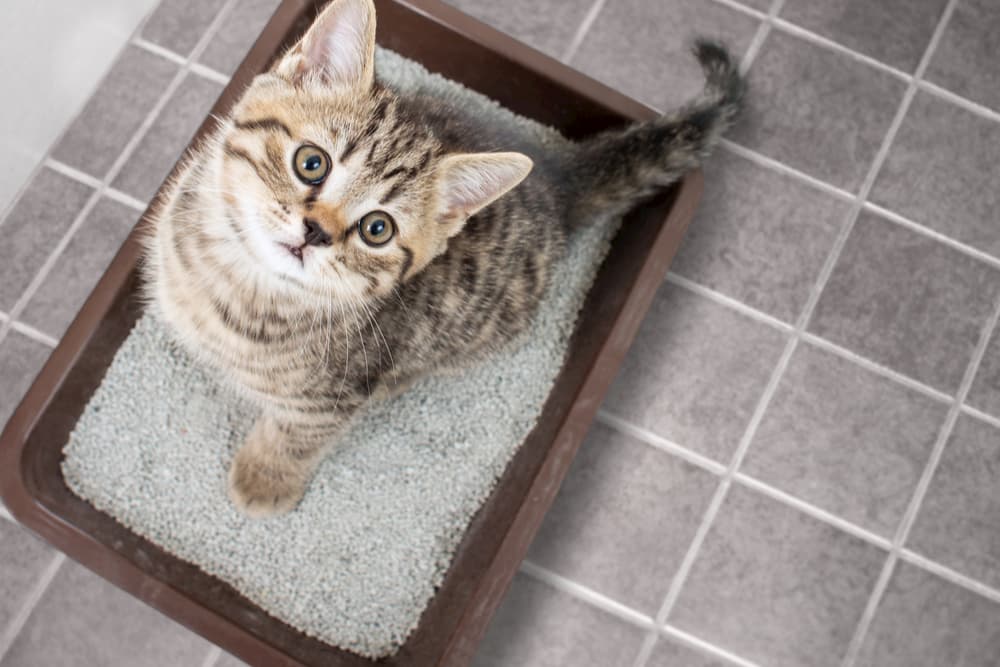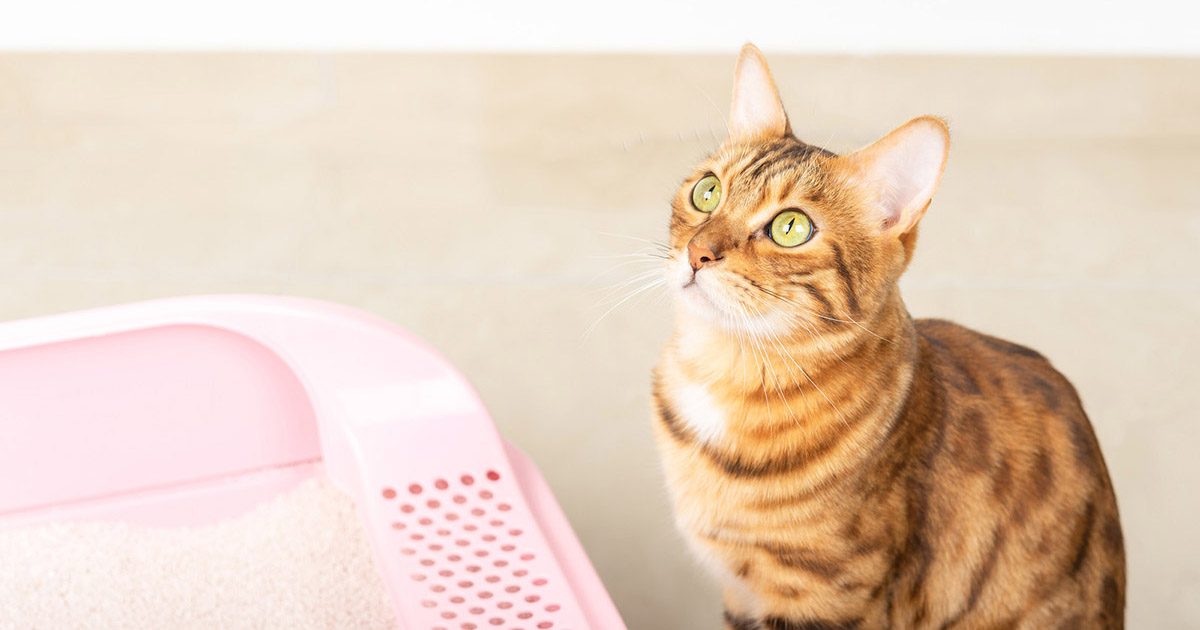This great article which follows relating to Don’t flush cat feces down the toilet is indeed attention-grabbing. Don't bypass it.

Introduction
As cat owners, it's essential to be mindful of just how we deal with our feline friends' waste. While it might appear practical to purge feline poop down the bathroom, this technique can have destructive repercussions for both the atmosphere and human health.
Alternatives to Flushing
The good news is, there are much safer and extra accountable methods to dispose of pet cat poop. Consider the following options:
1. Scoop and Dispose in Trash
One of the most usual technique of throwing away pet cat poop is to scoop it right into a naturally degradable bag and throw it in the trash. Be sure to make use of a committed litter inside story and take care of the waste quickly.
2. Usage Biodegradable Litter
Choose eco-friendly feline clutter made from materials such as corn or wheat. These litters are eco-friendly and can be securely dealt with in the garbage.
3. Bury in the Yard
If you have a yard, consider hiding pet cat waste in a designated location away from vegetable yards and water resources. Make sure to dig deep enough to stop contamination of groundwater.
4. Set Up a Pet Waste Disposal System
Invest in an animal garbage disposal system specifically made for pet cat waste. These systems utilize enzymes to break down the waste, minimizing smell and environmental influence.
Health Risks
Along with environmental problems, flushing cat waste can likewise pose health dangers to people. Feline feces may contain Toxoplasma gondii, a parasite that can cause toxoplasmosis-- a potentially extreme disease, specifically for pregnant ladies and people with weakened immune systems.
Environmental Impact
Flushing cat poop introduces hazardous virus and bloodsuckers right into the water system, presenting a considerable threat to marine ecological communities. These pollutants can adversely influence aquatic life and compromise water high quality.
Final thought
Liable family pet ownership expands beyond offering food and shelter-- it likewise involves appropriate waste management. By refraining from flushing cat poop down the toilet and going with alternative disposal techniques, we can lessen our environmental impact and safeguard human wellness.
Why Can’t I Flush Cat Poop?
It Spreads a Parasite
Cats are frequently infected with a parasite called toxoplasma gondii. The parasite causes an infection called toxoplasmosis. It is usually harmless to cats. The parasite only uses cat poop as a host for its eggs. Otherwise, the cat’s immune system usually keeps the infection at low enough levels to maintain its own health. But it does not stop the develop of eggs. These eggs are tiny and surprisingly tough. They may survive for a year before they begin to grow. But that’s the problem.
Our wastewater system is not designed to deal with toxoplasmosis eggs. Instead, most eggs will flush from your toilet into sewers and wastewater management plants. After the sewage is treated for many other harmful things in it, it is typically released into local rivers, lakes, or oceans. Here, the toxoplasmosis eggs can find new hosts, including starfish, crabs, otters, and many other wildlife. For many, this is a significant risk to their health. Toxoplasmosis can also end up infecting water sources that are important for agriculture, which means our deer, pigs, and sheep can get infected too.
Is There Risk to Humans?
There can be a risk to human life from flushing cat poop down the toilet. If you do so, the parasites from your cat’s poop can end up in shellfish, game animals, or livestock. If this meat is then served raw or undercooked, the people who eat it can get sick.
In fact, according to the CDC, 40 million people in the United States are infected with toxoplasma gondii. They get it from exposure to infected seafood, or from some kind of cat poop contamination, like drinking from a stream that is contaminated or touching anything that has come into contact with cat poop. That includes just cleaning a cat litter box.
Most people who get infected with these parasites will not develop any symptoms. However, for pregnant women or for those with compromised immune systems, the parasite can cause severe health problems.
How to Handle Cat Poop
The best way to handle cat poop is actually to clean the box more often. The eggs that the parasite sheds will not become active until one to five days after the cat poops. That means that if you clean daily, you’re much less likely to come into direct contact with infectious eggs.
That said, always dispose of cat poop in the garbage and not down the toilet. Wash your hands before and after you clean the litter box, and bring the bag of poop right outside to your garbage bins.
https://trenchlesssolutionsusa.com/why-cant-i-flush-cat-poop/

Do you enjoy reading about Can You Flush Cat Poo or Litter Down the Toilet?? Write feedback below. We'd be glad to hear your ideas about this write-up. We are looking forward that you come back again in the near future. Loved our write-up? Please share it. Let someone else locate it. We appreciate reading our article about How to Dispose of Cat Poop and Litter Without Plastic Bags.
This Resource